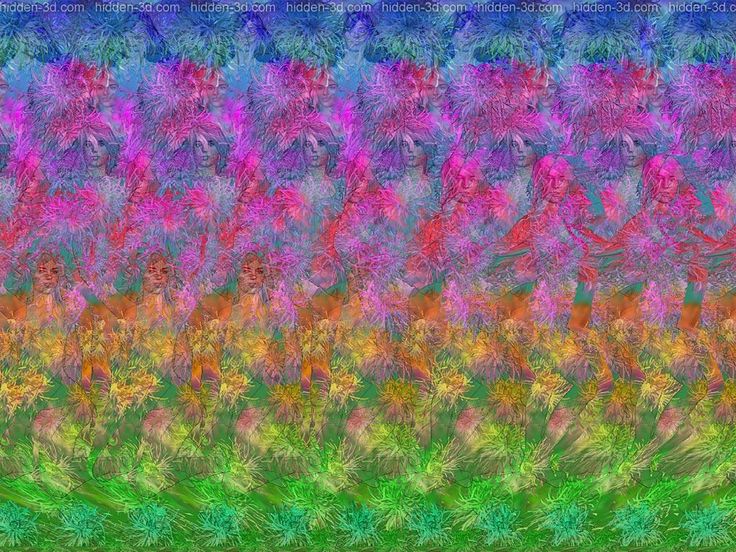What hides this stereogram?
Brain Teasers
[2197] What hides this stereogram? - Stereogram - 3D Image - #brainteasers #stereogram #3Dimage

2016-05-06
Leslie A. WhiteBorn 19 Jan 1900; died 31 Mar 1975 at age 75.Leslie A(lvin) White was an American anthropologist best known for his theories of the evolution of culture and for the scientific study of culture that he called "culturology." Throughout his life, he was interested in general evolution. He strongly supported the ideas of the 19th-century writers Herbert Spencer, Lewis H. Morgan and Edward Tylor. White adopted many of their ideas and gave them a fresh approach. He coined the term "culturology" because he believed that cultures should not be explained in terms of psychology, biology, or physiology, but rather in its own category. He was especially interested by technological advancements pertaining to effects on advancing culture. |